#bikini atoll
Explore tagged Tumblr posts
Text

It's well-known among Godzilla fans that the 1954 Castle Bravo H-bomb test at Bikini Atoll, which irradiated the crew of the Lucky Dragon No. 5, was a major influence on the monster's original film. But that was just one of the 67 nuclear weapons the U.S. tested in the Marshall Islands from 1946 to 1958, blasts which still reverberate. The radiation they released has left Bikini Atoll uninhabitable to this day, and continues to affect residents' health.
Godzilla has visited the Marshall Islands before. Godzilla vs. King Ghidorah reveals that he lived on the fictitious Lagos Island as an ordinary dinosaur and stumbled into a World War II battlefield before an H-bomb test mutated him. (Well, he was mutated a different way after the Futurians altered the timeline, but let's not get into that.) The Monsterverse reimagines the Castle Bravo test as a covert attempt to kill him, as shown in Godzilla (2014), Godzilla: Awakening, and (soon) Monarch: Legacy of Monsters. The Marshallese themselves, however, are absent from King Ghidorah and appear only fleetingly in the Monsterverse tales.
What I'm getting at is that we're long overdue for a Godzilla story that centers the Marshall Islands, and ideally comes from the Marshall Islands. Japan and the U.S. have had him to themselves for too long; it's time Toho let the other country involved in his birth take a turn. The low-lying Marshall Islands face a very real "minus one" scenario as climate change causes the sea to rise—and potentially breach a massive concrete dome there that's full of American nuclear waste. Godzilla might be the perfect vessel to carry that story, and the U.S.'s nuclear legacy there, to a wider audience. After all, how many of us would know about the Lucky Dragon without him?
#godzilla#godzilla 2014#godzilla awakening#godzilla vs. king ghidorah#kaiju#marshall islands#bikini atoll
301 notes
·
View notes
Text

Here it is! With original posts, morning/evening reblogs, and random shitposts taken into account, it's Post #100 of Quarantined Redheart! Also, it's safe to say that the way that Red looks here is a sign of things to come for Volume 1...
#100 posts#mlp ask blog#quarantined redheart#pony ask blog#mlp fim#mlp g4#earth pony#nurse redheart#my little pony friendship is magic#shitpost#spongebob reference#bikini atoll#spongebob squarepants#spongebob meme
36 notes
·
View notes
Text

Salvador Dalí, The Three Sphinxes of Bikini, 1947, Morohashi Museum of Modern Art, Fukushima, Japan.
225 notes
·
View notes
Text
ʚMerManRay At the Bikini Atollɞ




Look! It's Man Ray as a cute mermaid watching around at Bikini Atoll!🧜♂️❤💙
I still know what Man Ray seems to be a very adorable soft villain as a cute mermaid! :3
#rainbowdannafanartiesclub#man ray#nickelodeon#bikini atoll#spongebob squarepants#spongebob squarepants man ray#merman#spongebob fanart
8 notes
·
View notes
Text

"USS ARKANSAS (BB-33) being loaded with equipment to be transported to Bikini Atoll. Army ground forces equipment which is to be exposed to atomic blast during the Bikini experiments being moved from West Coast ports. ARKANSAS is shown being loaded with equipment to be transported to Bikini.
Note: the contrast between the 12-inch rifles of the Arkansas and the slender but lethal guns of the M26 Heavy Tank (at left of the naval rifles) and the 90mm. gun Motor Carriage (at right)."
Photographed in the spring of 1946.
Battleship North Carolina Archives: 1981.011.0130
#USS Arkansas (BB-33)#USS Arkansas#Wyoming Class#Dreadnought#Battleship#Warship#Ship#United States Navy#U.S. Navy#US Navy#USN#Navy#tank#Operation Crossroads#bikini atoll#Spring#1946#postwar#my post
32 notes
·
View notes
Text

The atomic bomb fueled the theory of Mutual assured destruction (MAD)
Castle Romeo nuclear test (yield 11 Mt) on Bikini Atoll. It was the first nuclear test conducted on a barge. The barge was located in the Castle Bravo crater.
#atomic bomb#Castle Romeo#Bikini Atoll#nuclear test#Mutual assured destruction (MAD)#MAD#photography#photo#weapons of mass destruction
32 notes
·
View notes
Note
put her in the bikini atoll nuclear testing site

ragatha in bikini atoll nuclear testing site
#tadc#tadc ragatha#the amazing digital circus#the amazing digital circus ragatha#ragatha#amazing digital circus#bikini atoll nuclear testing site#bikini atoll#nuclear testing#nuclear testing site
23 notes
·
View notes
Text

Here’s Bikini Atoll(the island from the SpongeBob intro) but this time at night(I tried my best with this night scene)
8 notes
·
View notes
Text

3 notes
·
View notes
Text

All hail Godzilla and more importantly remember the nightmare he is based on!
🇯🇵☢️🐟
#history#godzilla#lucky dragon 5#japan#daigo fukuryū maru#movie history#hiroshima#nagasaki#radiation#world war 2#atomic bomb#cold war#japanese history#fallout#movie#fish#monsterverse#united states#military#bikini atoll#japanese culture#kaiju#nuclear war#movies#cold war history#1950s#nuclear fallout#nickys facts
19 notes
·
View notes
Text
Mermay 2024 - Inkling White Zalgo Pagie

Another Mermay 2024 drawing, featuring White Zalgo Pagie as an inkling and him in his demon inkling form, enjoying the view of the sea at Bikini Atoll in the day and at night.
5 notes
·
View notes
Text
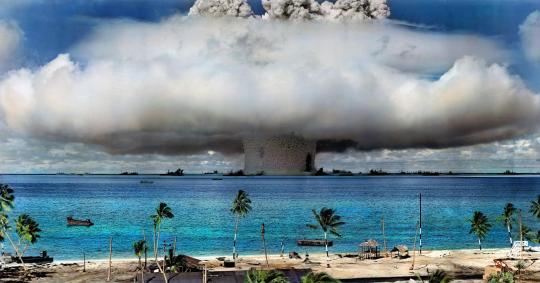
Bomb at Bikini
9 notes
·
View notes
Text
Bikini Atoll
Ralik Chain, Marshall Islands

Although appearing bizarre and ugly at first, the flag of Bikini Atoll makes a sad reflection on the history of the island and its people, with glimmers of local traditions and culture trying to bleed through an immovable American façade.
Bikini Atoll's entrance into darkness came less than a century ago, when American nuclear scientists sought an adequate place for testing atomic bombs, ending up at the Marshallese reefs. Unaware of the true devastation to come, the Bikinian leader agreed to pass the island to the U.S. Army, being exiled to other islands with inadequate food sources. After the detonation of the Castle Bravo hydrogen bomb in 1954, the islands became a wasteland, still uninhabitable to this day.
The flag is a defaced American flag, with 23 stars in its canton to mirror the number of islands belonging to the atoll. The three black stars in the north fly pay homage to the three islands obliterated during the nuclear testing; the two other black stars symbolise the islands to which the Bikinians were relocated, symbolically distanced from the canton's stars to reflect both the islands' far-off location from Bikini Atoll and the large gap in quality of life. The phrase below the canton translates to 'Everything is in the hands of God', the Bikinian leader's response to America's request.
This flag is not just that of a desolate contaminated atoll, but a banner under which every displaced Bikinian rallies angrily against the United States - reminder to them that they owe an extortionate debt.
11 notes
·
View notes
Text
Countryhuman Original Character: The Embodiment of Nuclear Technology
I don't have a name for him yet, but here's some outfits he's worn to several nuclear-powered incidents around the world.

The Los Alamos Trinity tests

Hiroshima, Nagasaki and Fukushima

Chernobyl

Three Mile Island

The Bikini Atoll tests
#countryhuman oc#nuclear technology#hiroshima#nagasaki#fukushima#chernobyl#three mile island#bikini atoll#trinity tests#ginjika#apocalypse for breakfast and brunch [hiroshima & nagasaki]#made with picrew#I'll probably call him hazi for a bit#and do seascale#he is a coping mechanism#confort character
7 notes
·
View notes
Text
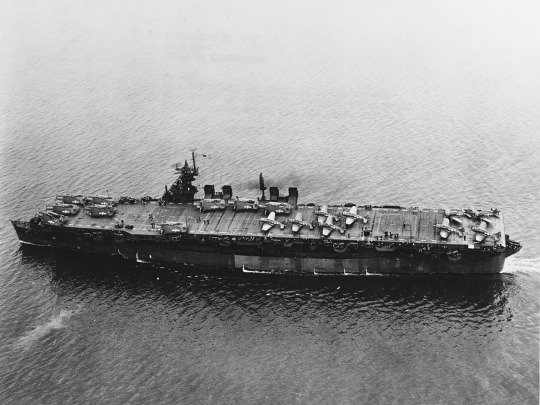
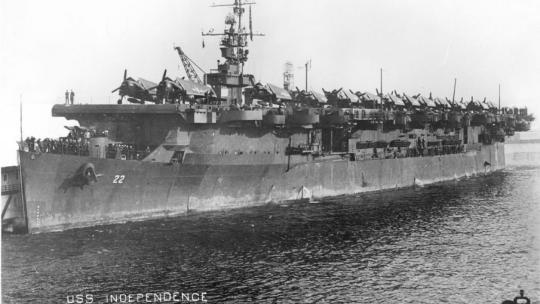

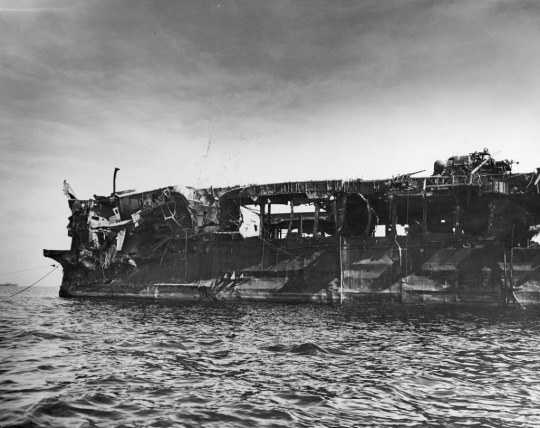

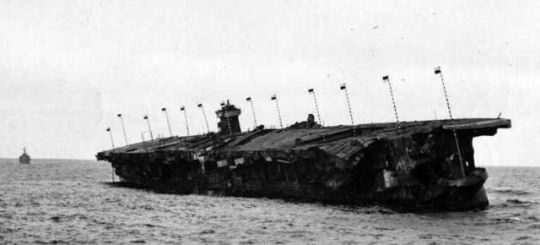
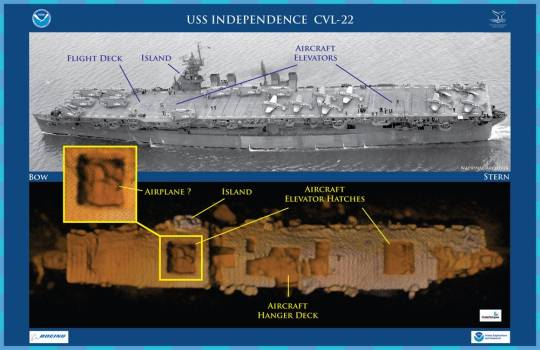
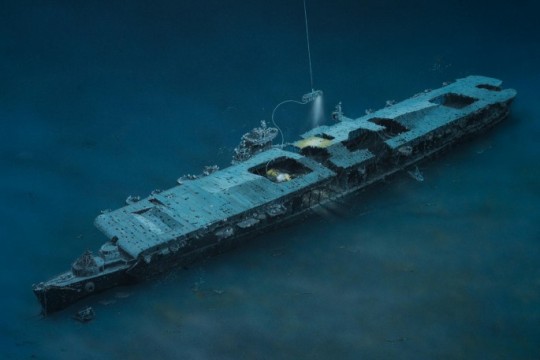
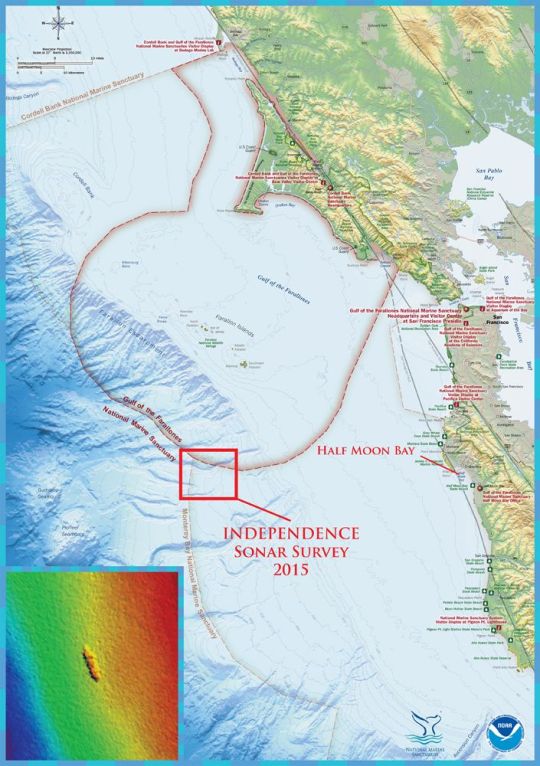
USS Independence (CVL-22), a light aircraft carrier of WWII, was one of the ships moored at Bikini Atoll during the atomic tests of Operation Crossroads. The first detonation, Test Able, was an airburst 500 metres away from Independence, and damaged her severely, but did not sink her.
The now-radioactive Independence was towed to the Farrallon Islands, near San Francisco, and used for radiological studies by the University of California Radiation Laboratory as the radiation decayed, until the decision was made to scuttle her in 1951, together with some contaminated materials transferred there.
#USS Independence#CVL-22#Operation Crossroads#Test Able#nuclear test#Bikini Atoll#aircraft carrier#ship#maritime
6 notes
·
View notes
Text
Here it is! Episode 2 of Bikini Atoll!
This took me a long time, cuz I was drained and pretty busy with IRL stuff. But hey, it's here!
Also sorry if it comes out weird. Idk why it's doing that.
3 notes
·
View notes